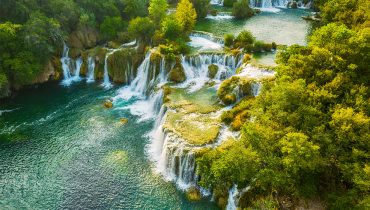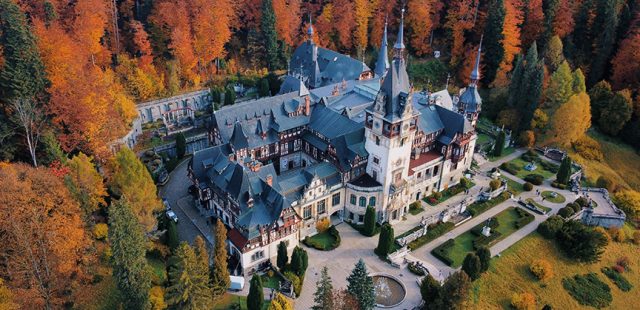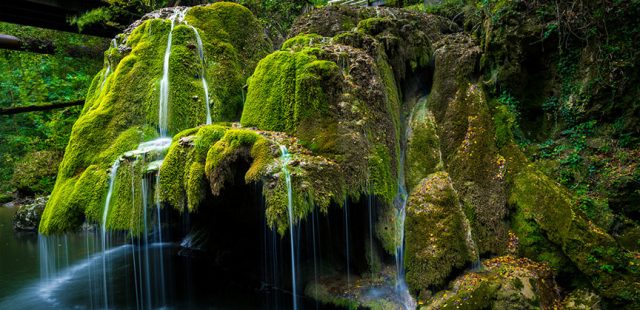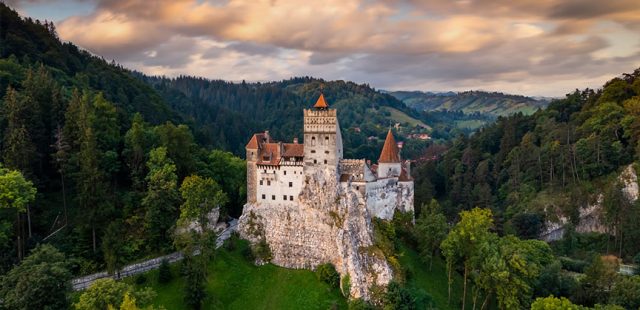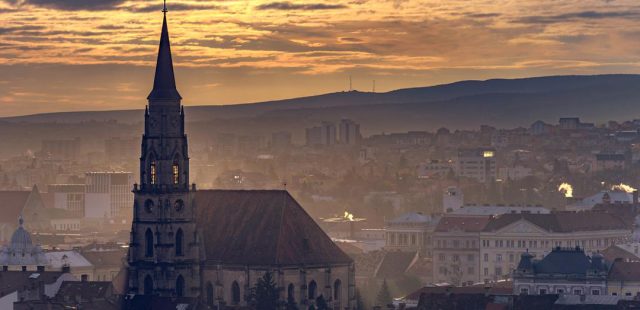
Amidst the captivating history and architectural wonders of Europe, an intriguing case of confusion arises when one mentions the Arc de Triomphe in Romania. While the renowned Arc de Triomphe stands proudly in Paris, France, Romania also boasts a monument with the same name, located in the city of Bucharest. This lesser-known Arc de Triomphe in Romania may not share the same fame as its Parisian counterpart, but it possesses its own charm and significance in the country’s history. In this blog post, we will unravel the unique story behind Romania’s Arc de Triomphe.
Arc de Triomphe in Romania, Bucharest
Constructed between 1921 and 1936, Romania’s Arc de Triomphe, also known as “Arcul de Triumf,” was built to commemorate Romania’s unification and honor the brave soldiers who fought in the country’s independence wars. The monument stands as a testament to Romania‘s enduring spirit and national pride.
Situated at the northern end of the Kiseleff Road, Arc de Triomphe in Romania is an impressive archway that welcomes visitors with its neoclassical design and monumental stature. At its peak, the arch reaches a height of 27 meters and is adorned with intricate sculptures and reliefs that narrate key events from Romanian history.
Historical Significance
The Arcul de Triumf bears witness to several pivotal moments in Romania’s history. Notably, it commemorates the unification of Greater Romania in 1918, which brought together various regions to form a cohesive nation. This momentous event marked a turning point in Romania’s history and its path towards becoming the country it is today.
Furthermore, the monument has become a symbol of remembrance for the soldiers who fought in Romania’s War of Independence, as well as in World War I and World War II. The eternal flame burning at the base of the arch serves as a perpetual tribute to the fallen heroes.
Architectural Highlights
Designed by architect Petre Antonescu, the Arc de Triomphe in Romania is characterized by its elegant neoclassical style, drawing inspiration from Roman architecture. The central archway is flanked by four imposing columns and adorned with intricately sculpted bas-reliefs that depict significant events from Romanian history. A prominent bronze chariot sits atop the arch, symbolizing victory and triumph.
Visitors can ascend the Arcul de Triumf and reach the observation deck to enjoy panoramic views of Bucharest, offering a unique perspective of the city and its surroundings.
Commemorative Ceremonies and Events
The Arcul de Triumf serves as the focal point for various national celebrations, military parades, and important ceremonies. Romania’s National Day, celebrated on December 1st, sees the arch adorned with national flags and vibrant decorations, attracting locals and tourists alike to partake in the festivities.
Arc de Triomphe in Romania – Conclusion
While often overshadowed by its iconic namesake in Paris, Romania’s Arc de Triomphe, the Arcul de Triumf, holds a special place in the hearts of the Romanian people. It stands as a poignant reminder of the country’s unity, resilience, and dedication to honoring its historical legacy.
As you explore Bucharest, make sure to include a visit to this remarkable monument, where the past and present converge in a harmonious tribute to Romania’s triumphs and struggles. The Arcul de Triumf may not be as well-known as its French counterpart, but its presence illuminates Romania’s remarkable history and offers a glimpse into the nation’s enduring spirit.
